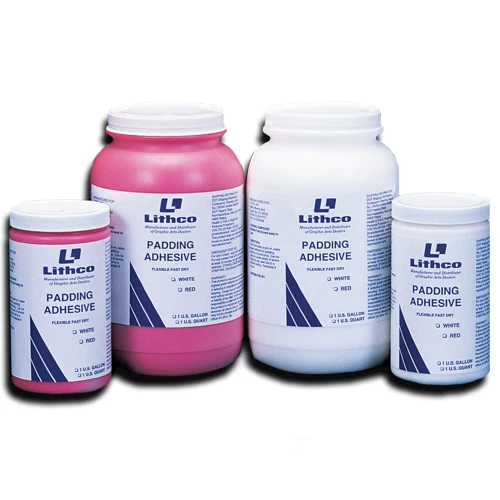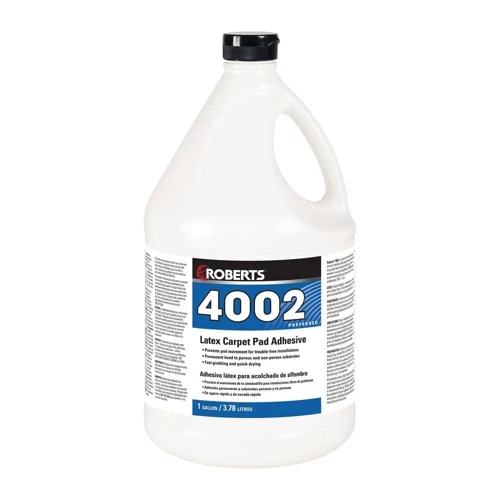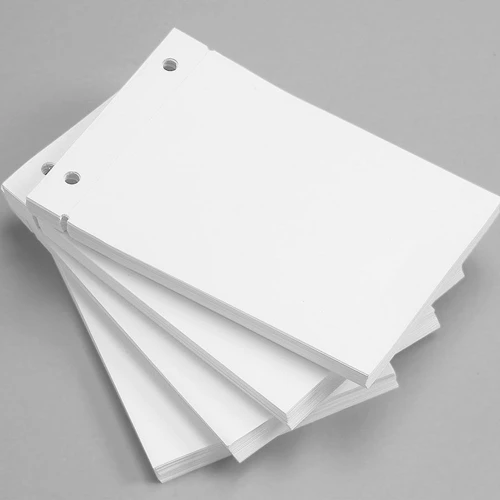For those involved in bookbinding, notetaking, or crafting, the term ‘padding glue’ may already be a staple in their vocabulary. This unique adhesive serves as a versatile and essential component in various projects. Let’s delve into what this substance is and its wide array of applications.
What is Padding Glue?
Padding glue is a specialized adhesive used to bond paper sheets together at the edge, creating a pad of paper. It differs from regular glue due to its flexibility and strength, which allows individual pages to be torn off without compromising the integrity of the remaining stack.
The Various Applications of Padding Adhesive
Padding adhesive isn’t just for creating notepads. It’s utilized in compiling business forms, booklets, and scratch pads. Its unique properties are also exploited in the production of promotional materials, menu pads, and other paper goods that require a clean and professional bond.
The Different Types of Padding Glue
Though the term padding glue may seem straightforward, there are actually several types available on the market, each with its own set of characteristics catering to different needs and preferences.
Padding Compound Glue
This is perhaps the most common type of padding adhesive, known for its ease of use and compatibility with a wide range of paper types. It typically dries clear and can be applied with a brush or spatula.
Padding Cement
Padding cement is a stronger variant of padding adhesive, often used for heavier paper stocks or projects that require extra durability. It has a thicker consistency and may require a longer drying time.
Step-by-Step Guide to Using Padding Adhesive
Working with padding adhesive can seem intimidating at first, but with the right guidance, anyone can achieve professional results. Here are the essential steps to follow.
Materials Needed for Padding Projects
- Padding adhesive or padding cement
- Paper stack
- Brush or padding press
- Clamps or weights
- Cutting tool
Preparing Your Paper Stack
Begin by aligning your paper stack neatly. The edge where the padding compound glue will be applied should be smooth and even. Secure the stack using clamps or weights to prevent shifting during the gluing process.
Applying the Padding Compound
Using a brush, evenly spread a layer of padding adhesive along the edge of the paper stack. Ensure consistent coverage to prevent weak spots that could lead to pages falling out prematurely.
Drying and Finishing Touches
After application, allow the padding adhesive to dry completely. This can take a few hours to overnight, depending on the product used. Once dry, use a cutting tool to trim any excess and ensure a clean edge.
DIY Padding Glue Recipes
If commercial padding adhesive options are not readily available or if you prefer a more hands-on approach, creating your own padding glue is a feasible and satisfying alternative.
Homemade Padding Adhesive Formula
Mixing white glue with a bit of water can form a simple homemade padding adhesive. The key is to achieve a consistency that is spreadable but not too runny to prevent seepage between the sheets.
Alternative Padding Cement Recipes
For a stronger bond, some DIY enthusiasts recommend adding a small amount of vinegar to the mixture. This can enhance the stickiness and longevity of the bond, emulating the effects of commercial padding cement.
Troubleshooting Common Padding Glue Issues
As with any craft technique, using padding adhesive can come with its own set of challenges. Identifying and fixing these issues is crucial to achieving a flawless finish.
Adhesion Problems and Solutions
If the pages of your pad are falling out or not adhering well, it could be due to insufficient glue or uneven application. Reapply the padding adhesive, paying special attention to coverage and consistency.
Padding Glue Drying Issues
Humidity and temperature can affect drying times for padding compound glue. If your adhesive isn’t setting, consider moving the project to a drier, warmer environment or using a fan to circulate air and expedite the process.
Advanced Tips for Professional Padding
For those who aspire to elevate their padding projects to a professional level, there are techniques and considerations that can enhance the final product’s quality and durability.
Customizing Padding Compound for Specific Projects
Depending on the weight and texture of the paper, the padding adhesive mixture may need to be adjusted. Experiment with different ratios to find the perfect blend for your specific project needs.
Longevity and Preservation of Padded Items
To ensure the longevity of your padded items, store them in a cool, dry place away from direct sunlight. Consider adding a hardener to the padding adhesive mixture for added durability, especially if the items will be frequently used or handled.
Conclusion
Padding adhesive has a special place in the world of paper crafts and office supplies. Whether you are a professional bookbinder or a DIY enthusiast, understanding and utilizing this material can drastically improve the quality of your work.
Recap of Padding Adhesive Uses and Types
We have explored the various types of padding glue, including padding compound glue and padding cement, each serving distinct purposes across different applications.
When exploring the world of adhesives, you might find yourself curious about the various types of glues used for different applications. While you’re learning about padding glue and its uses, you may also be interested in other specific adhesive types. For instance, nail glue is a go-to product for false nail application, and understanding what is in nail glue can help you make informed choices about the products you use. Additionally, for a strong bond in construction and tile work, mastic glue is often utilized due to its durability and versatility. Each type of glue serves a unique purpose and learning about them can be quite enlightening.
Final Thoughts on Crafting with Padding Cement
With a bit of practice and patience, anyone can master the art of padding. Remember to troubleshoot as you go and don’t be afraid to experiment with custom formulas to achieve the perfect bond for your paper projects.



